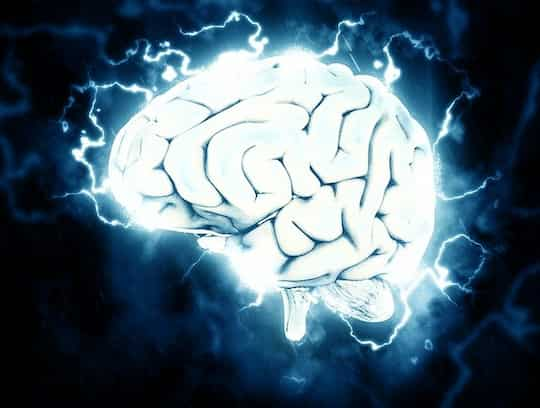After treatment, the two patients were able to understand language and communicate for the first time in years.
Neuroscientists have used ultrasound to jump-start two people’s brains from a minimally conscious state, a new study reports.
After treatment, the two patients were able to understand language and communicate for the first time inyears.
Ultrasound uses low-intensity focused sound-waves to excite neurons in the thalamus.
The thalamus is a kind of relay station or hub for the brain, routing information to the cerebral cortex and elsewhere.
When in a coma, activity in the thalamus is typically reduced.
In one case, a 56-year-old man was in a minimally conscious state after a stroke.
When in a minimally conscious state, people sleep and wake normally and only show the subtlest signs of consciousness.
Before treatment, the man was lying in bed unable to communicate for 14 months.
After treatment, which involved two sessions of ultrasound across one week, he started showing signs of being able to communicate.
He could grasp and drop a ball and nod and shake his head in response to simple questions.
The case builds on a 2016 report of a 15-year-old who recovered from a coma after ultrasound treatment.
Comas are deeper states than being minimally conscious.
Professor Martin Monti, study co-author, said:
“I consider this new result much more significant because these chronic patients were much less likely to recover spontaneously than the acute patient we treated in 2016 — and any recovery typically occurs slowly over several months and more typically years, not over days and weeks, as we show.
It’s very unlikely that our findings are simply due to spontaneous recovery.”
The other patient was a 50-year-old woman who had been in a minimally conscious state for 2.5 years after a heart attack.
Following treatment, though, she was able to communicate and recognise her family for the first time in years.
Professor Monti said:
“What is remarkable is that both exhibited meaningful responses within just a few days of the intervention.
This is what we hoped for, but it is stunning to see it with your own eyes.
Seeing two of our three patients who had been in a chronic condition improve very significantly within days of the treatment is an extremely promising result.”
Although the improvements of the patients are small, they are still significant.
The 56-year-old was able to recognise photos he was shown, which gave hope to his wife.
Professor Monti said:
“She said to us, ‘This is the first conversation I had with him since the accident.
For these patients, the smallest step can be very meaningful — for them and their families.
To them it means the world.”
Professor Monti hopes a smaller, reasonably-priced ultrasound device can be developed so it can be used in people’s homes.
The study was published in the journal Brain Stimulation (Cain et al., 2021).

